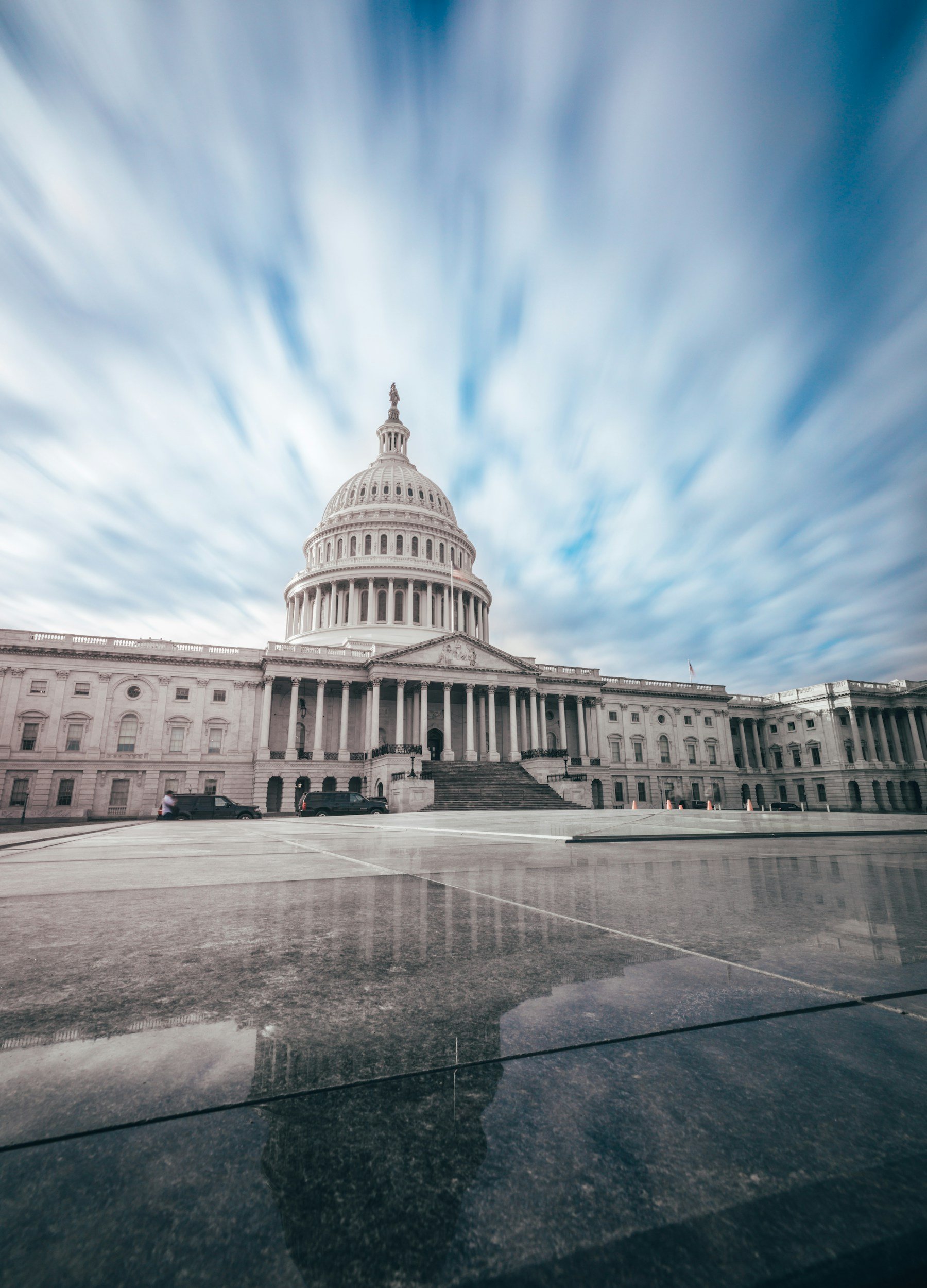
News and Events
Archive
- June 2025
- May 2025
- April 2025
- March 2025
- February 2025
- January 2025
- December 2024
- November 2024
- September 2024
- August 2024
- July 2024
- June 2024
- May 2024
- April 2024
- March 2024
- February 2024
- January 2024
- December 2023
- November 2023
- October 2023
- September 2023
- August 2023
- July 2023
- June 2023
- May 2023
- April 2023
- March 2023
- February 2023
- January 2023
- December 2022
- October 2022
- August 2022
- July 2022
- June 2022
- May 2022
- April 2022
- March 2022
- February 2022
- January 2022
- December 2021
- November 2021
- October 2021
- September 2021
- August 2021
- July 2021
- June 2021
- May 2021
- April 2021
- March 2021
- February 2021
- January 2021
- December 2020
- November 2020
- October 2020
- September 2020
- August 2020
- July 2020
- June 2020
- May 2020
- April 2020
- March 2020
- February 2020
- January 2020
- December 2019
- November 2019
- October 2018
Your Assets Are Valuable
When infrastructure fails, the consequences go far beyond a broken part.
It could mean outages, safety risks, service disruptions — and for public agencies and utilities, it impacts more than just the asset. It affects operational budgets, regulatory compliance, and public trust.
The Mother of Landsat
Today is International Women in Engineering Day – a commemoration that is just 12 years old. Long before there was any specific recognition for women in engineering careers, many women were quietly making an impact with visionary thinking and hard work.
For example, Virginia Norwood designed the first space-based multispectral scanner that flew on the first Landsat—an instrument that went on to define many aspects of modern remote sensing.
Remembering our combat engineers
In later years, the day came to be observed in honor of those who had died in all U.S. wars, and in 1967 its name officially changed from Decoration Day to Memorial Day. It is observed with the laying of a wreath at the Tomb of the Unknowns in Arlington National Cemetery in Arlington, Virginia, and by religious services, parades, and speeches nationwide.[3]
It’s National Public Works Week
National Public Works Week was first proclaimed in 1962 by President John F Kennedy. “. . . I urge all our people to join with representatives of governmental agencies in activities and ceremonies designed to pay tribute to our public works engineers and administrators and to recognize the substantial contributions they have made to our national health and welfare”.
Smarter Aquaculture Management with RFID
Managing and protecting fish populations is more critical than ever. Aquaculture now supplies nearly half of the world’s farmed and wild fish and the demand continues to surge.
Celebrating Earth Day —
Technology, Stewardship, and a Sustainable Future
Each year on April 22, the world comes together to celebrate Earth Day—a reminder of our shared responsibility to protect the natural world. At InfraMarker and Berntsen International, our connection to the earth has been lived for more than 50 years, starting with innovative, lightweight marking products that helped outline the boundaries of our national parks.
Look-Alike Assets, Real Problems:
How InfraMarker Simplifies Identification and Accelerates Field Asset Management
In the electric utility sector, precision is essential. Yet in the field, teams frequently encounter a challenging and potentially risky scenario: many infrastructure components appear nearly identical.
Happy Surveyor’s Week!
Since people have owned land, surveying has been an essential profession. The earliest evidence of surveying, potentially going back to 11,000 years ago, is found at the Nabta Playa site in southern Egypt, related to the construction of large megalithic structures.
Time for pi
Happy Pi Day! We hope you have the chance to enjoy the tasty kind of pie today – in the meantime, here’s a pi “appetizer”.
To a surveyor, pi is a key concept that undergirds everything, because surveying occurs on a sphere. Specifically, all boundaries must take into consideration the curve of the earth (and any distortions of that curve, as well as elevation).
Terminalia still relevant after all these millennia
Terminalia (February 23) has been observed since 753 BC when legend says that Romulus established the celebration of the god of boundaries: Terminus. From the beginning, it’s clear that Romans understood the importance of boundaries – and the art of surveying.
The surveyor visionaries who created Washington DC
After the Revolutionary War in 1789, the constitution established a 10 square mile district as the site of the new capitol for the United States. Subsequently, after much haggling in Congress, the “Residence Act” was passed and set the site of the new city on the northern and southern shores of the Potomac River at a location to be determined by President Washington.
RFID Helps Manage Data Centers
The growing demand for cloud computing, along with surging use of Artificial Intelligence (AI) and the Internet of Things (IoT) is driving investment in data centers – the facilities that house and operate the servers, storage devices and networking equipment that make powerful computing possible.
The Complex Simplicity of Tech Trends in 2025
As we step into 2025, the drive for simplicity, efficiency, and connectivity is reshaping the technological landscape. Three major trends—Artificial Intelligence (AI), Geographic Information Systems (GIS), and Radio Frequency Identification (RFID)—are converging to create a connected world where innovation drives smarter, faster and more intuitive solutions.
Looking forward to prosperity
It’s been a busy year, and a very good year for the US economy. In fact, according to RSM, over the past eight quarters, the American economy has grown at an annualized 2.9%. This performance is striking in comparison to other countries. For example, the EU’s growth during this same period was just 1.9%. The biggest economy in the EU is Germany, and its economy shrunk by 2% during the same period.
3 Ways RFID brings magic to your holiday season
This year, Americans will be spending an average of $2,000 per person over the holidays – with more than $600 on travel, and the rest on decorations, celebrations and gifts. For most of us, this translates to a lot of running around and spending money – and enjoying the holidays.
It’s good to know that in the background, little RFID elves have been busy keeping everything running smoothly to help make the holidays truly magical.
Surveying the Transit of Venus
Human history has been shaped by colonialism, and one wave of colonialism resulted in the founding of the United States. In fact, most countries were colonized by European powers from the late fifteenth century until just after World War II. At its height, the British Empire controlled nearly a quarter of the world’s nations.
Celebrating GIS - the technology that keeps on giving
GIS was first developed in 1963 by Roger Tomlinson who used computers to handle map information for the Canadian government. Since that time, the use of Geographic Information System technology has exploded. According to MarketsandMarkets, the GIS market is expected to reach $14.5 billion by 2025. By 2032, the market is projected to reach about $43.8 billion.
One Point Fits All
In 1996 Georg Rothbucher was visiting a customer at a construction site who was facing a difficult problem. Two thousand square meters of concrete had been poured incorrectly for the Finished Floor Level (FFL) of a new building. This surveyor was trying to recover the original reference point used to set the FFL – a chalk mark, pencil line or a nail.
RFID- The silent technology enhancing our lives every day
Radio Frequency Identification (RFID) technology uses radio waves to identify virtually anything. It is a wireless system consisting of an RFID tag and an RFID reader. RFID tags store data that can be read, even from a distance—without making any physical contact or requiring a line of sight.
Christopher Gist - mapped Ohio and saved Washington’s life - twice
Christopher Gist came to the surveying profession naturally. In 1736, his father, Richard surveyed the western shore of Maryland and the town of Baltimore. Though there is little information about Christopher’s childhood, it is thought that Christopher learned surveying profession from his father.




















